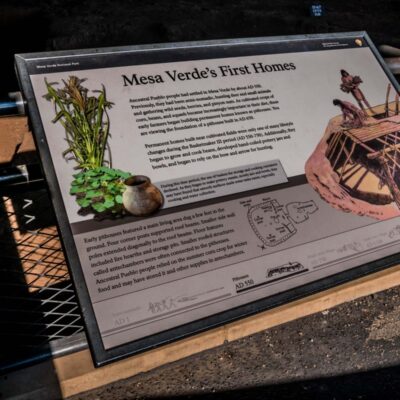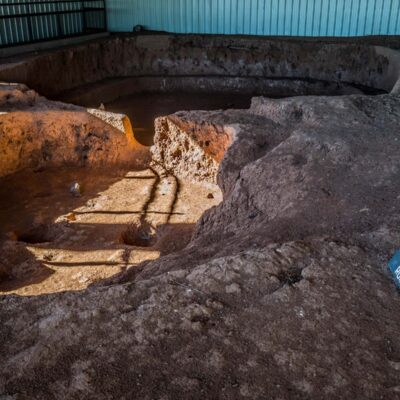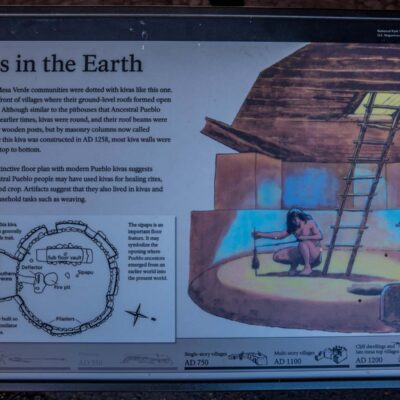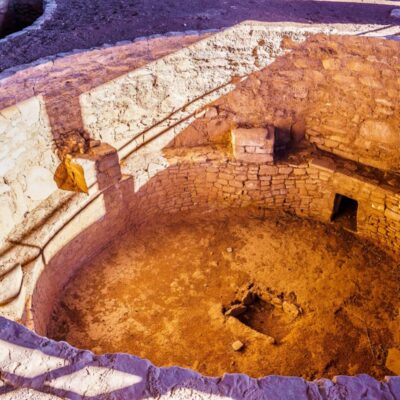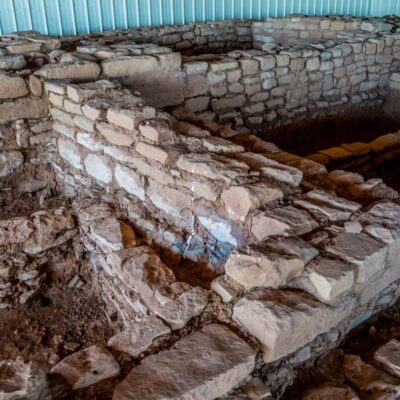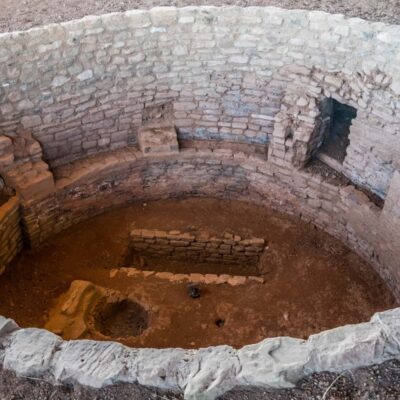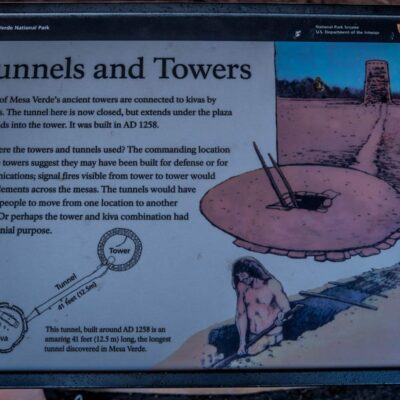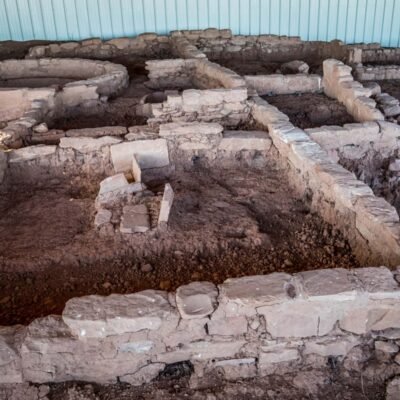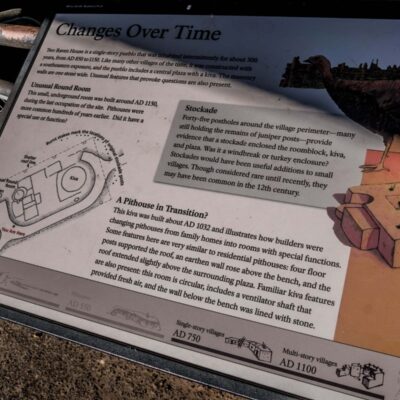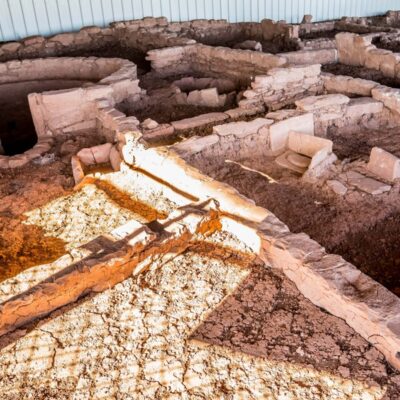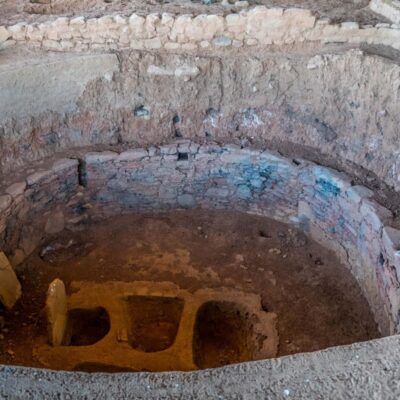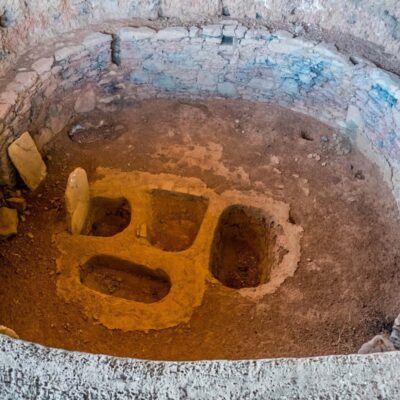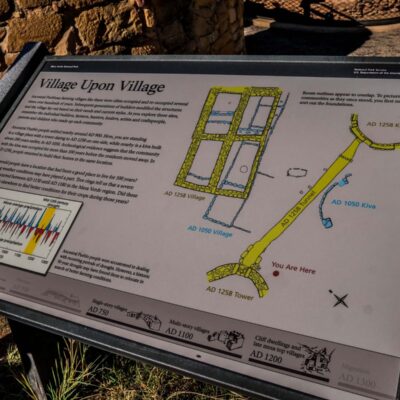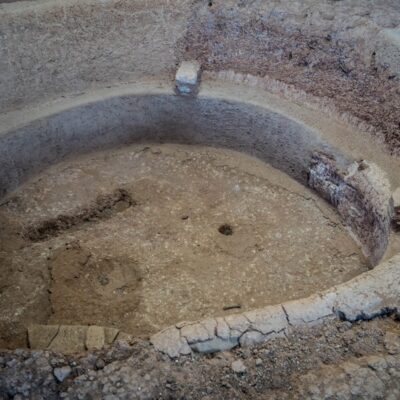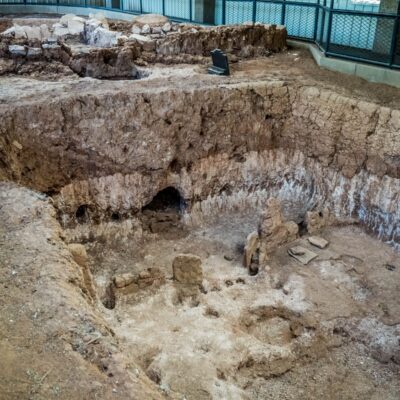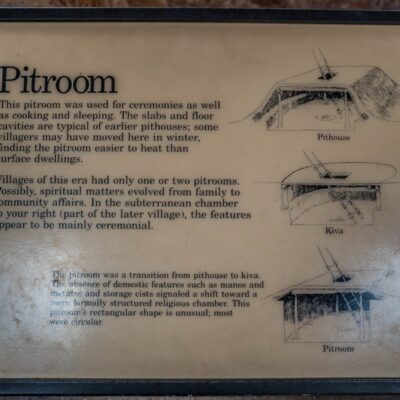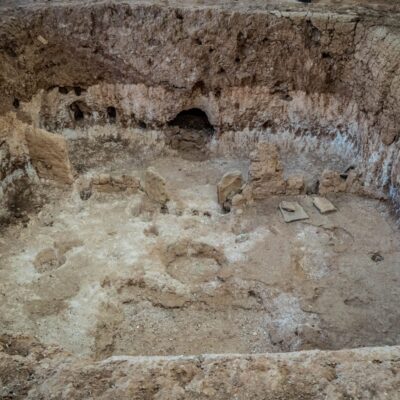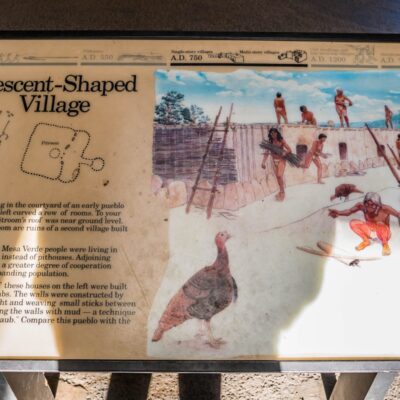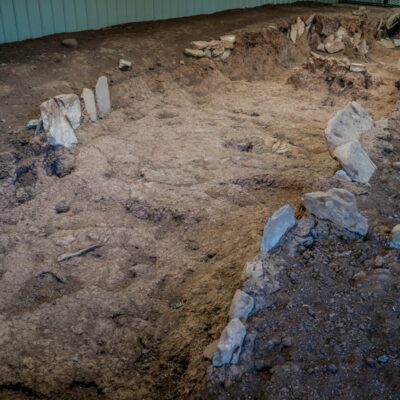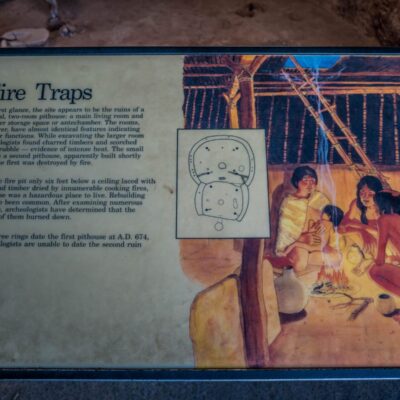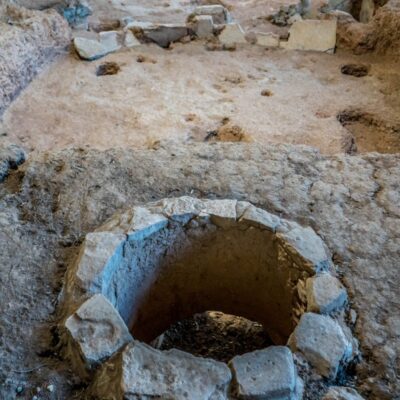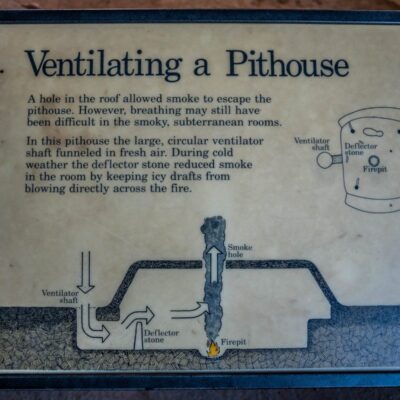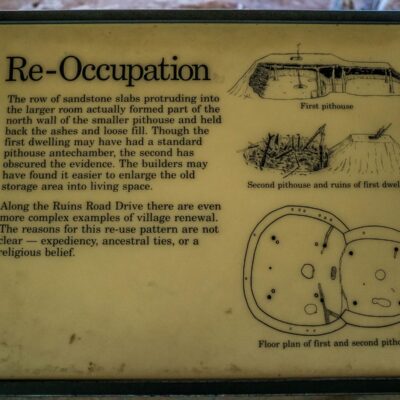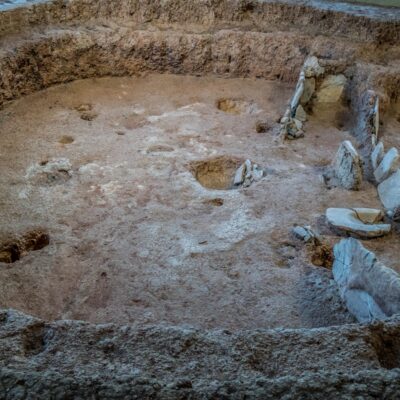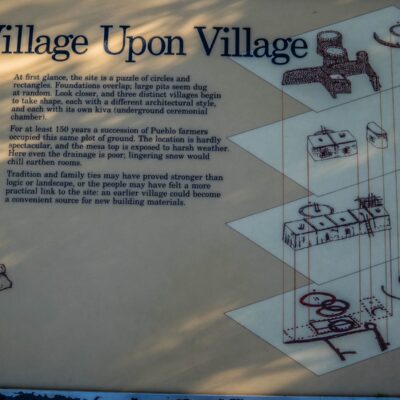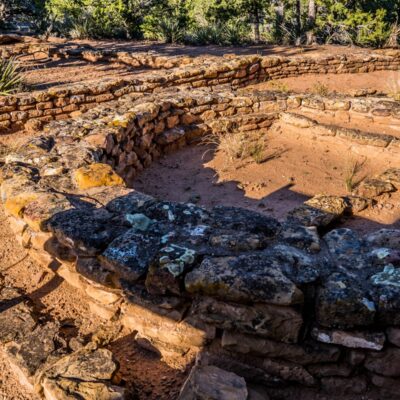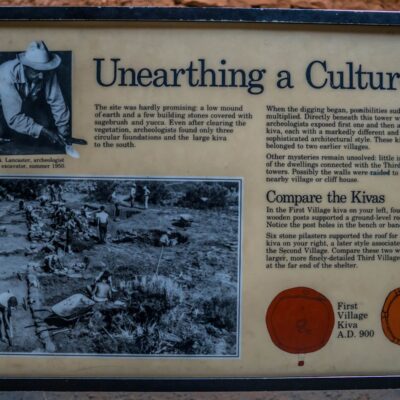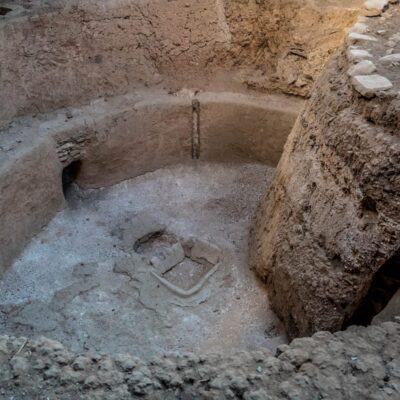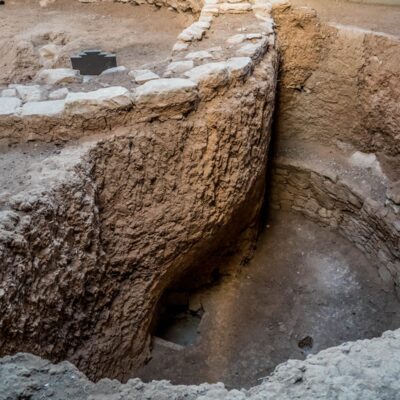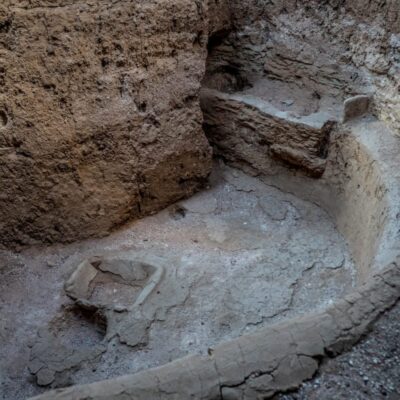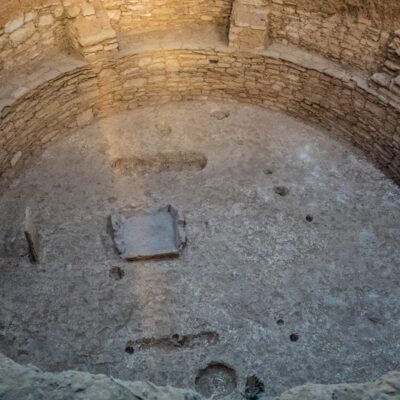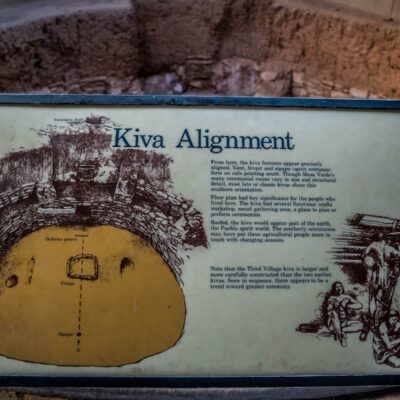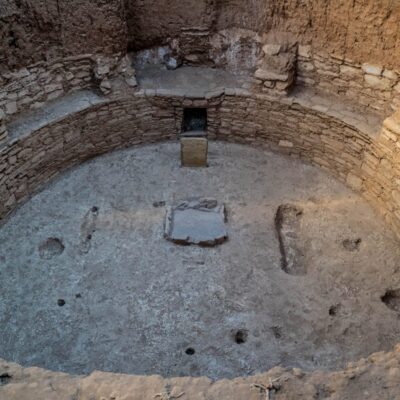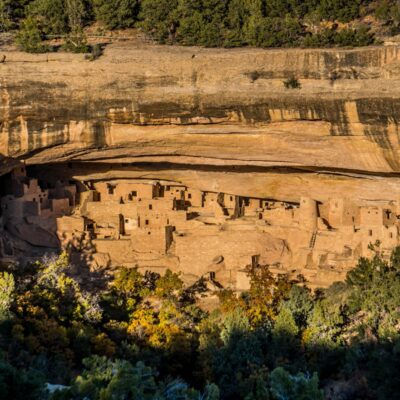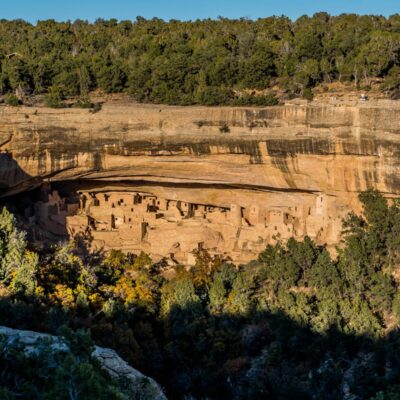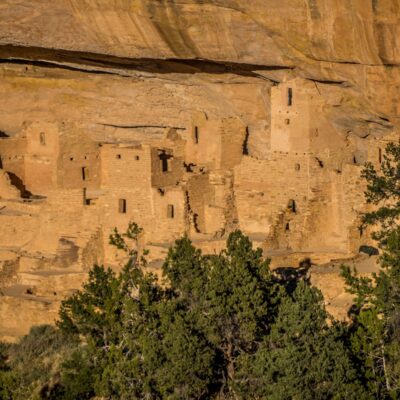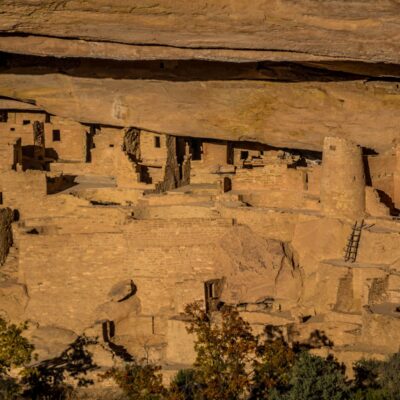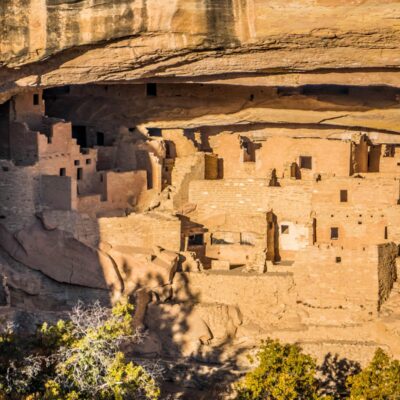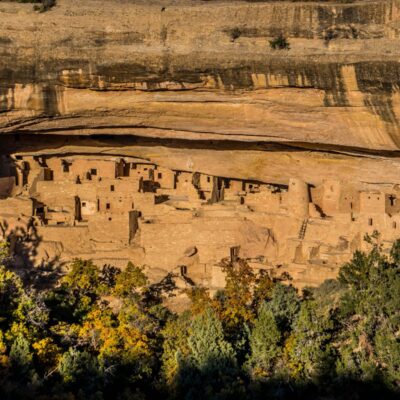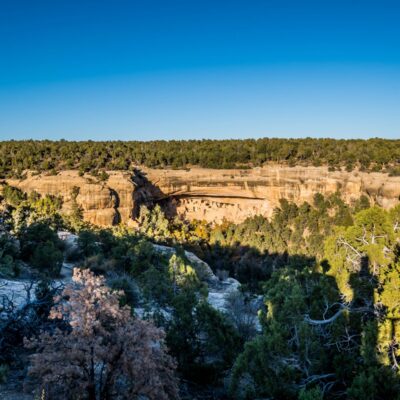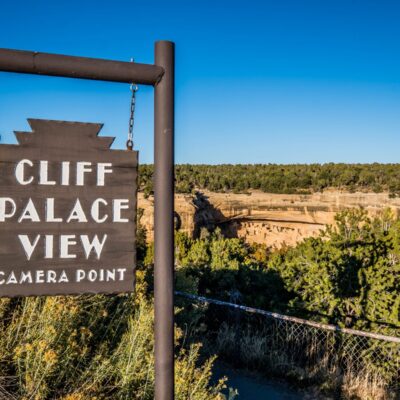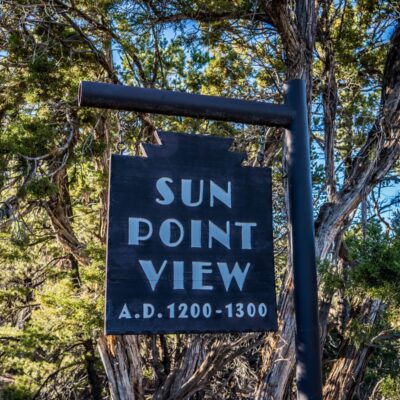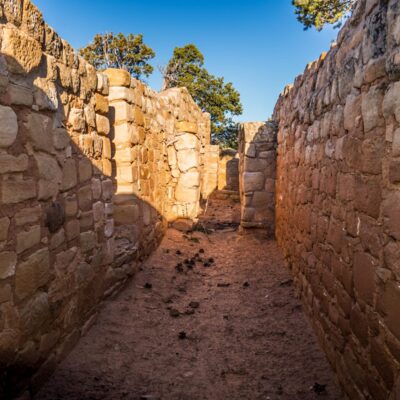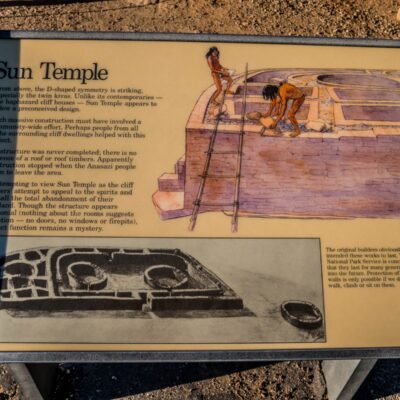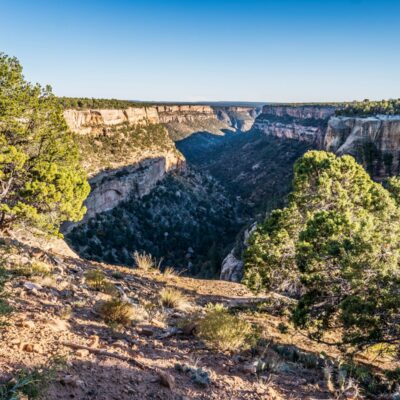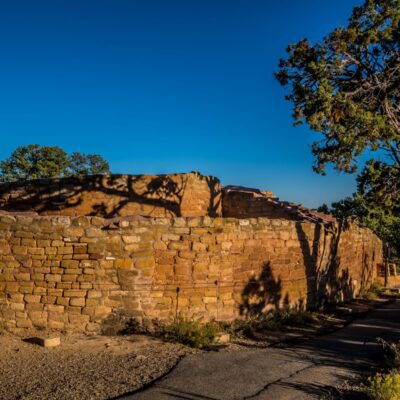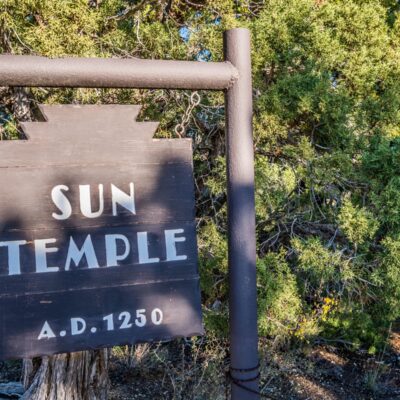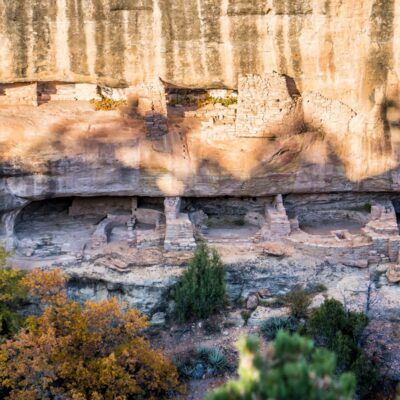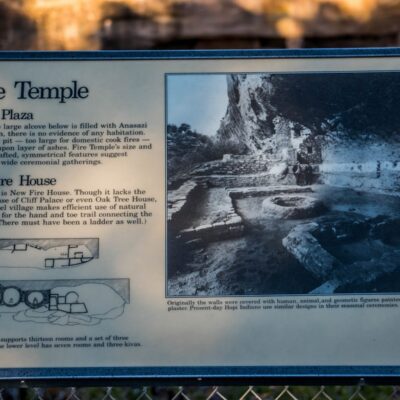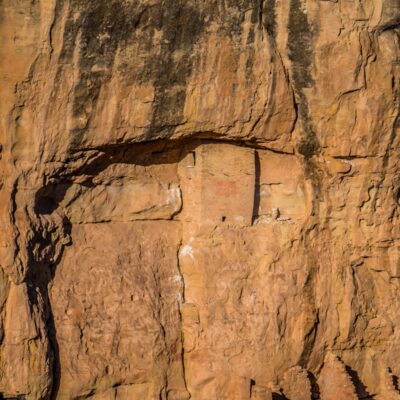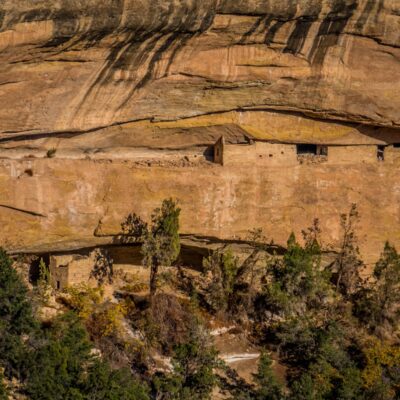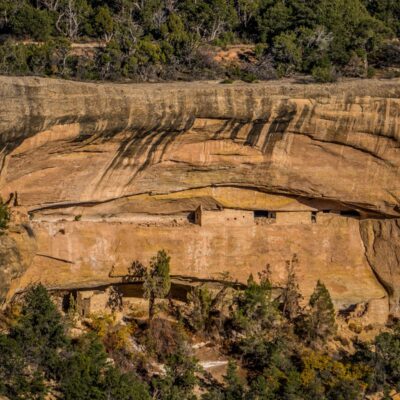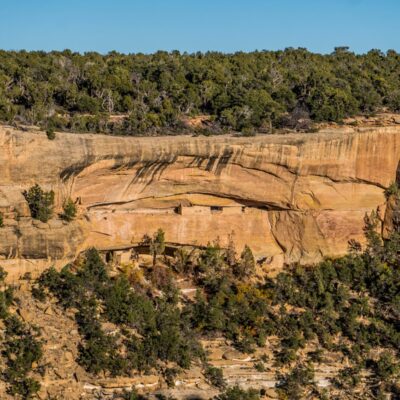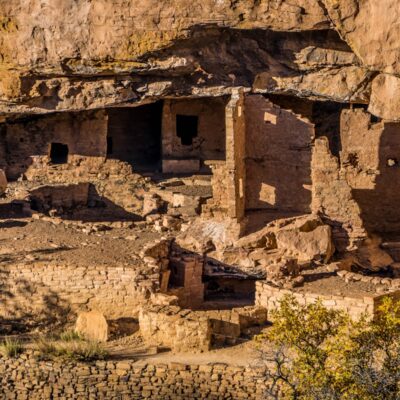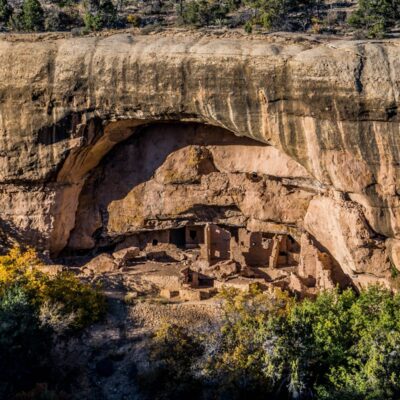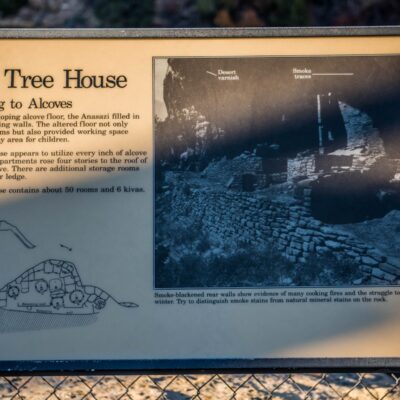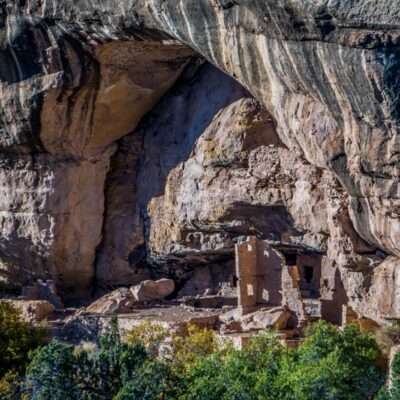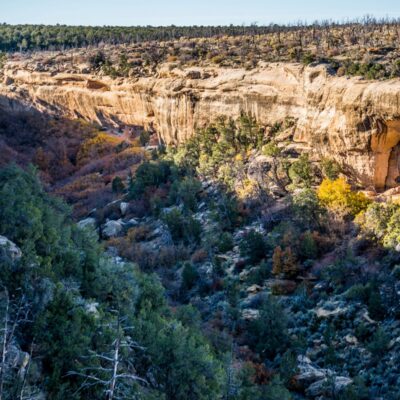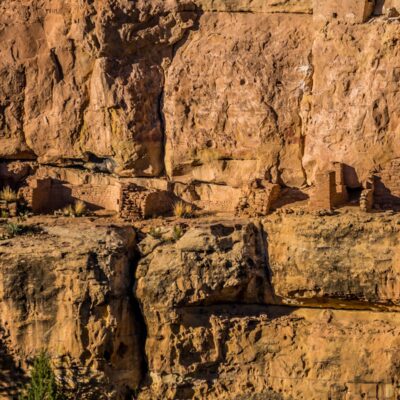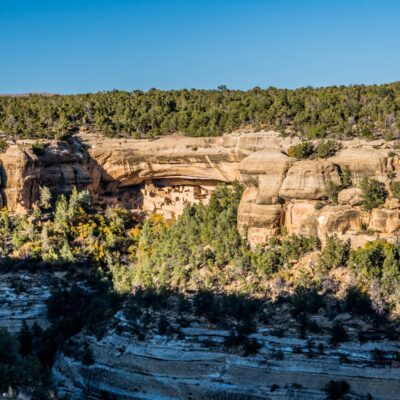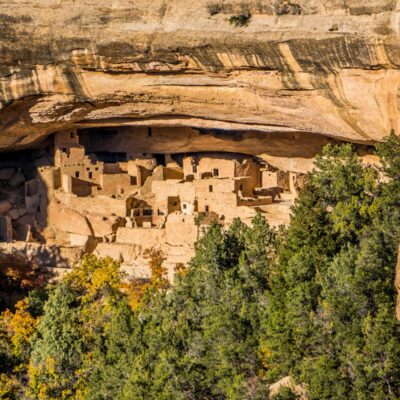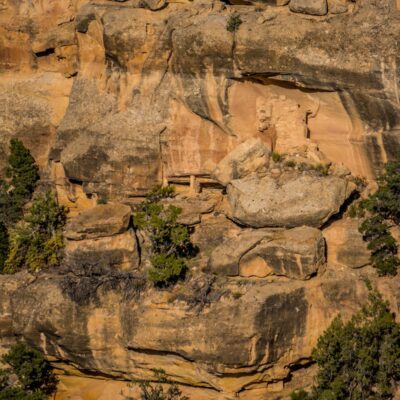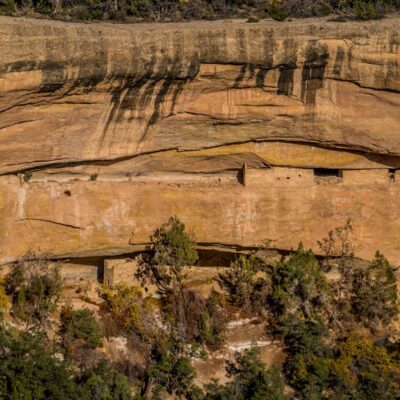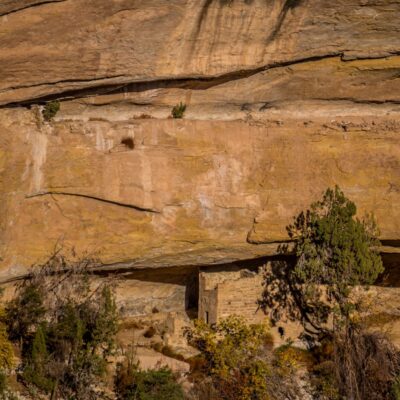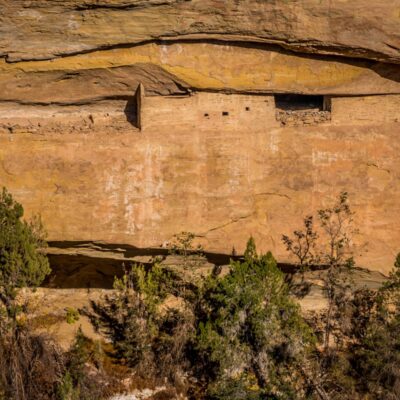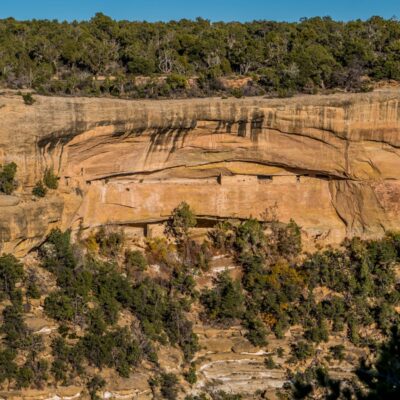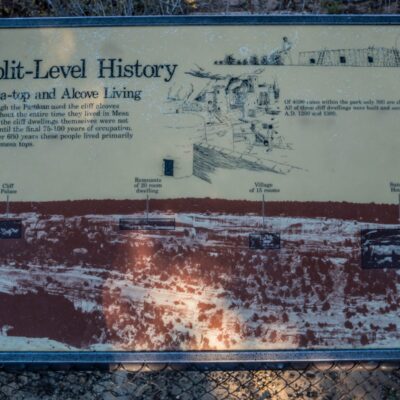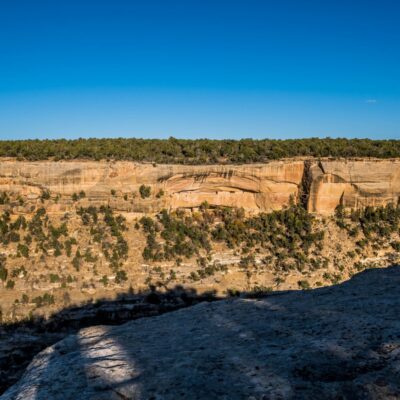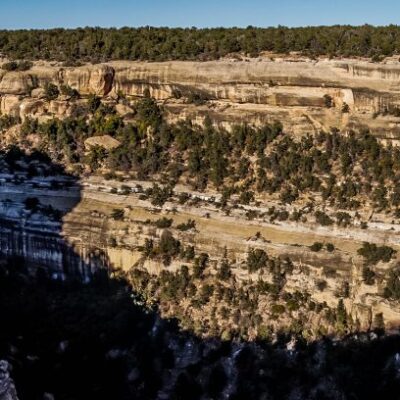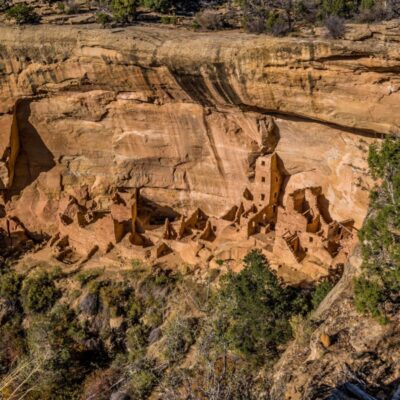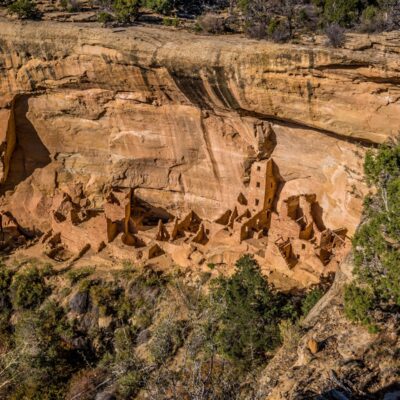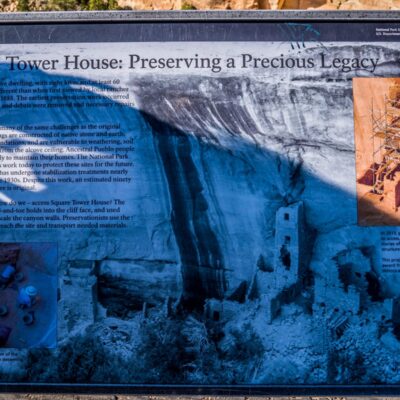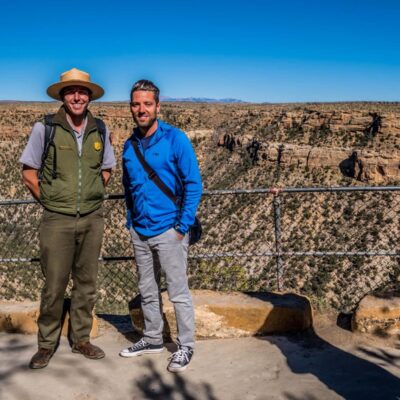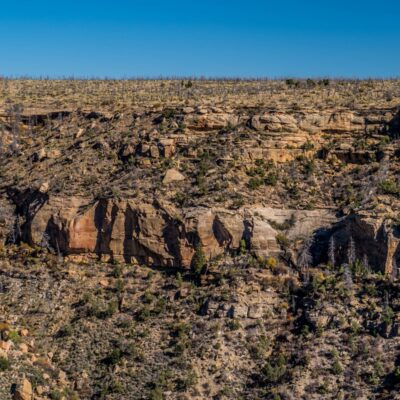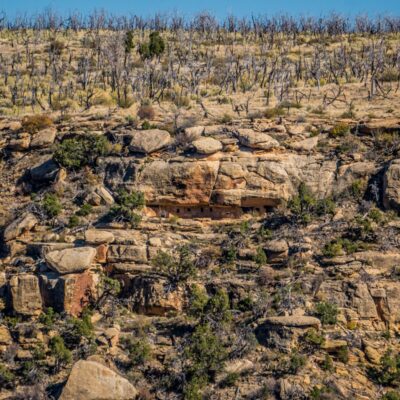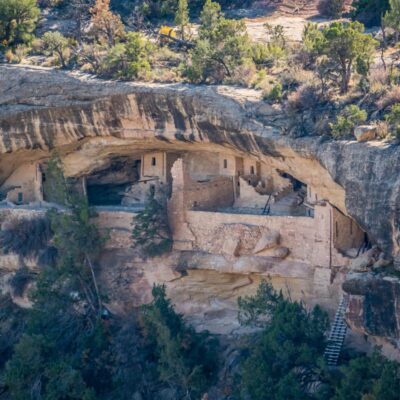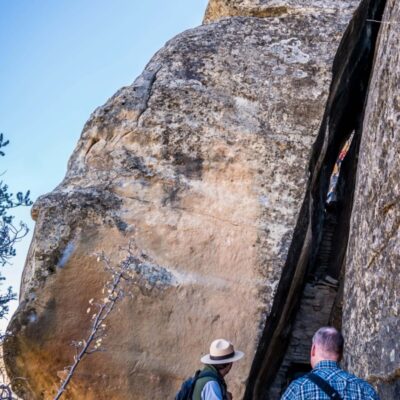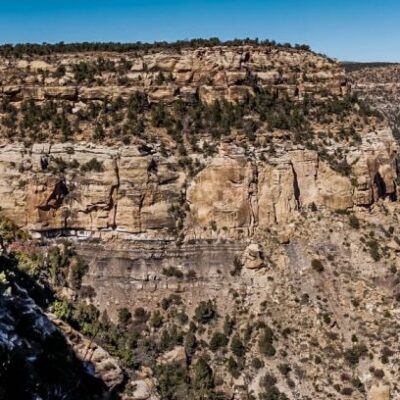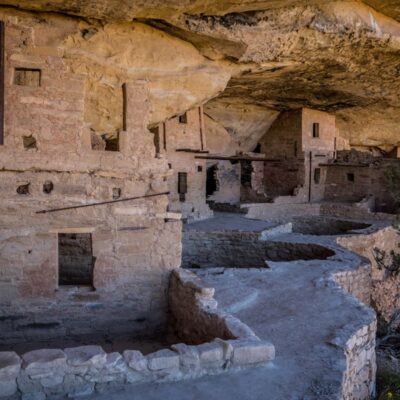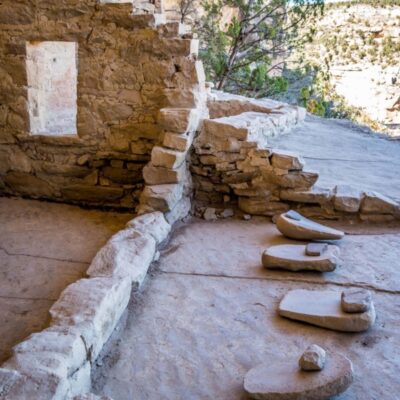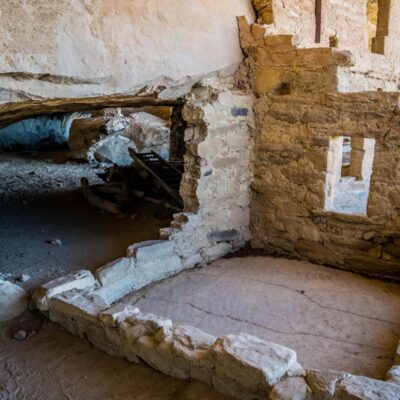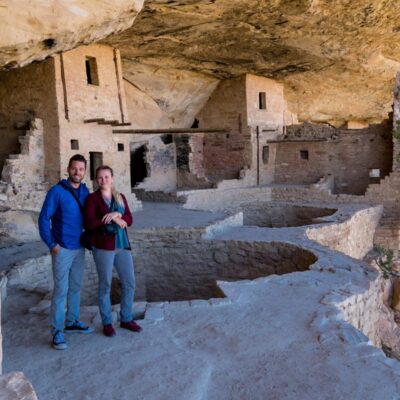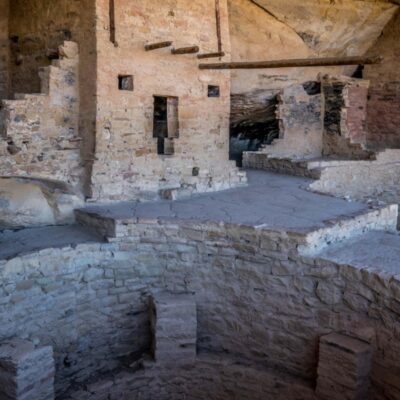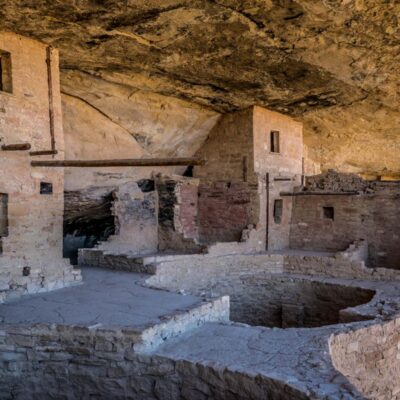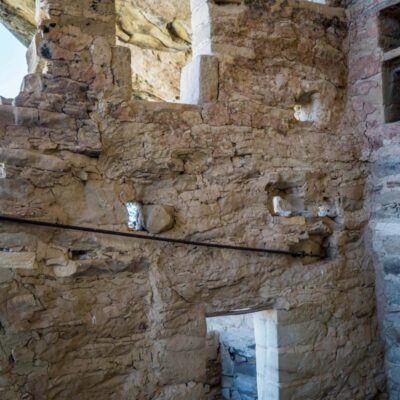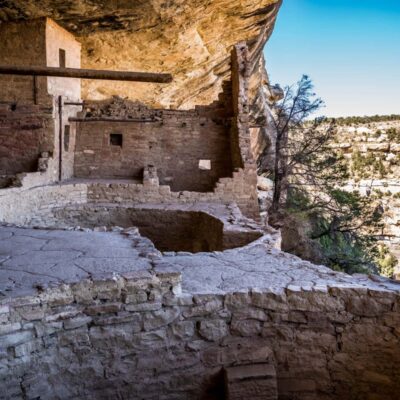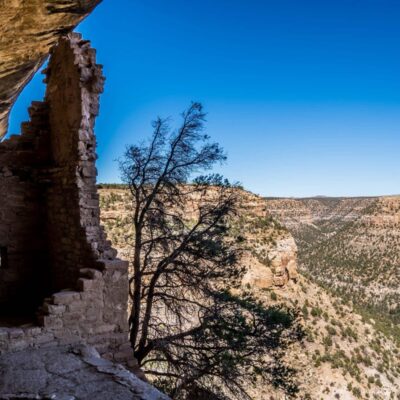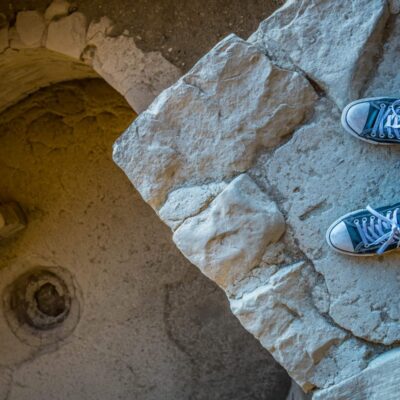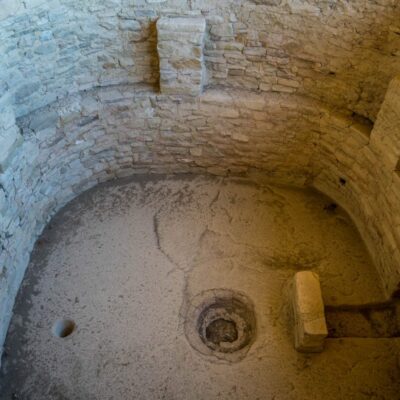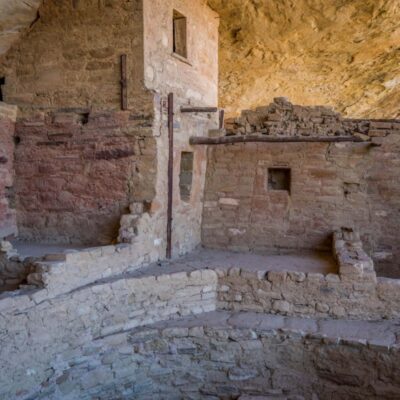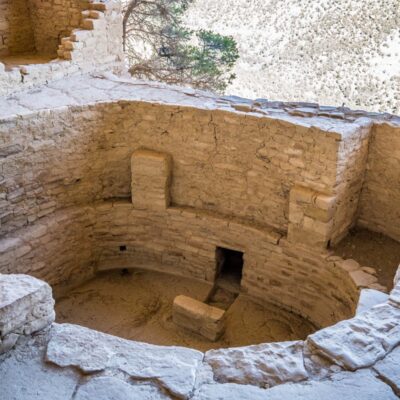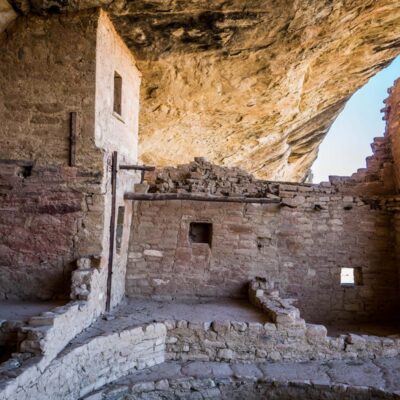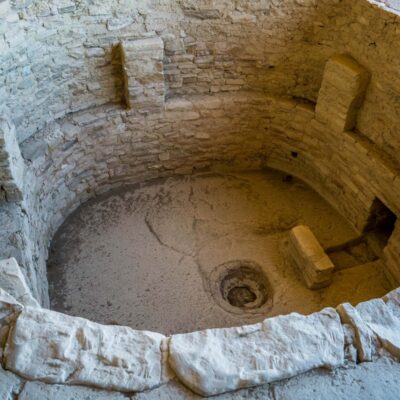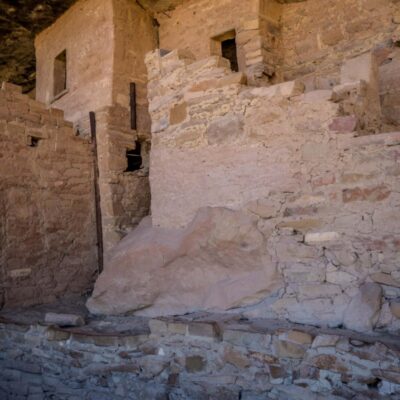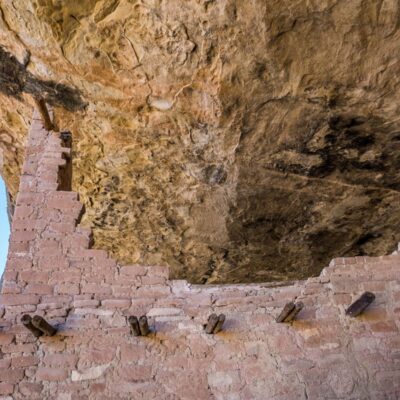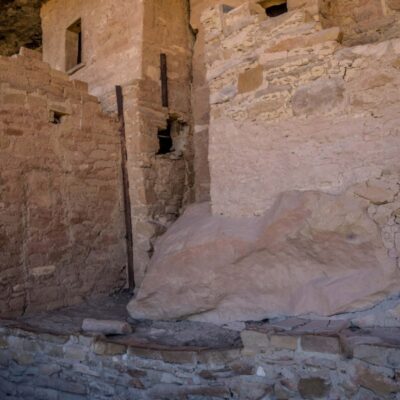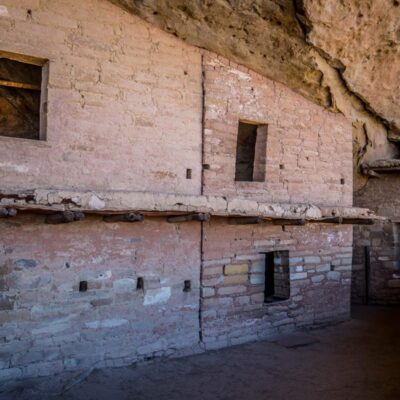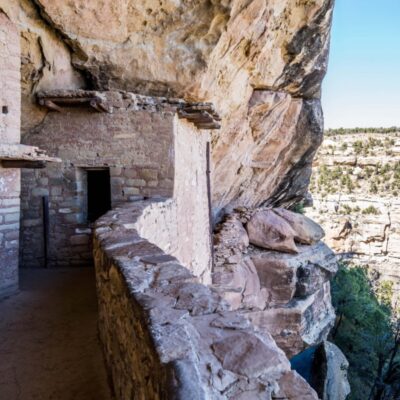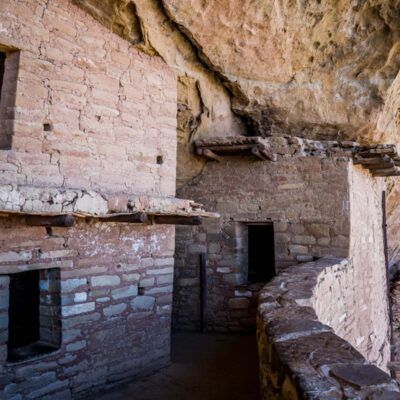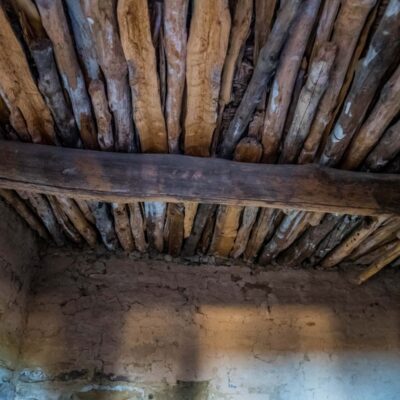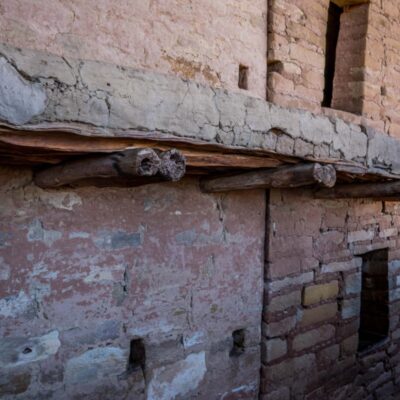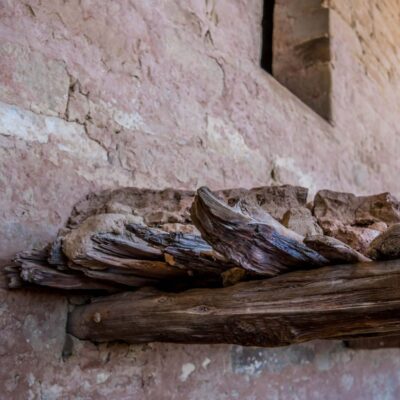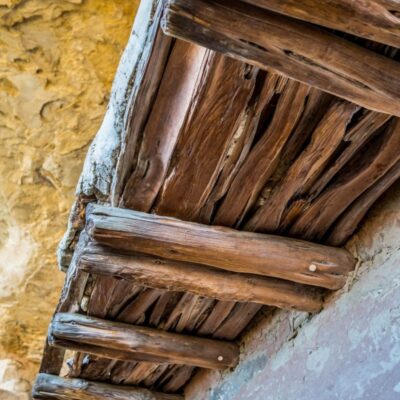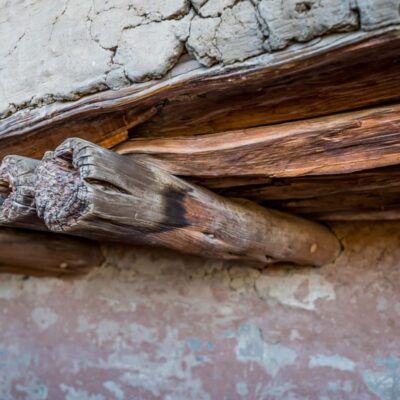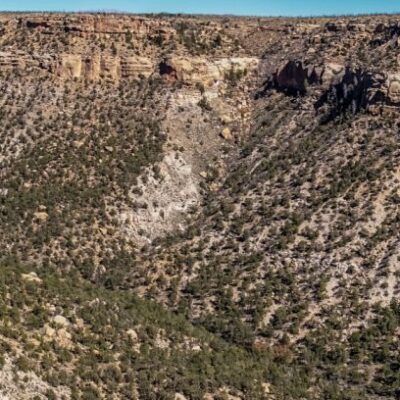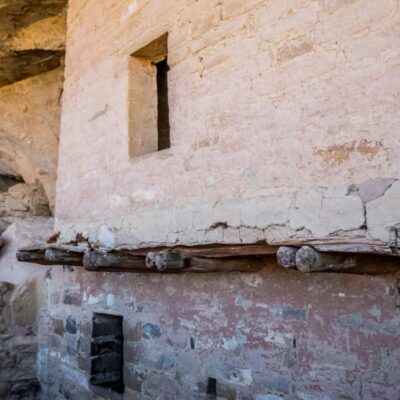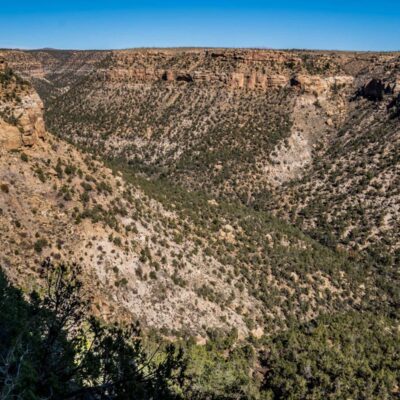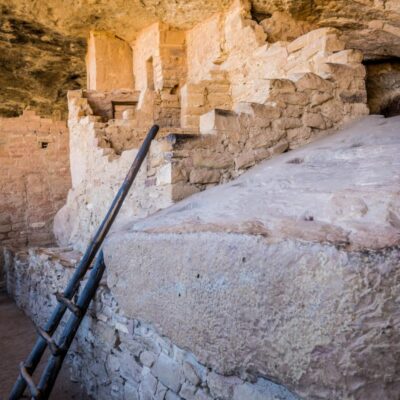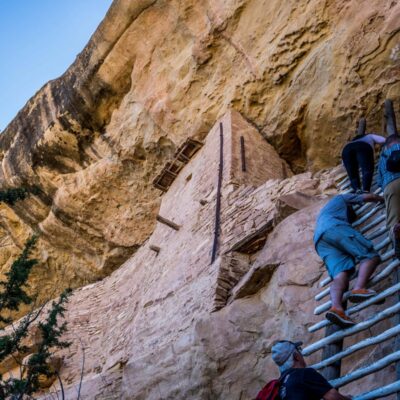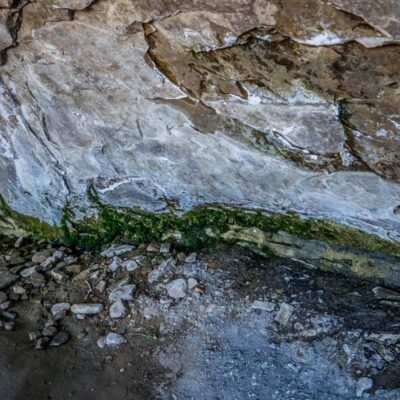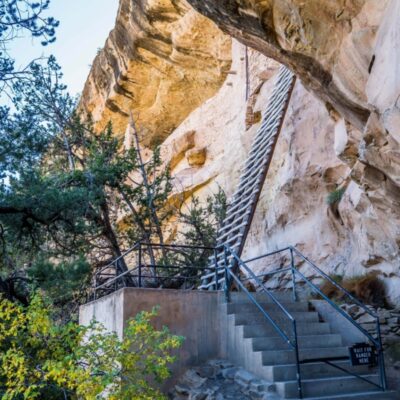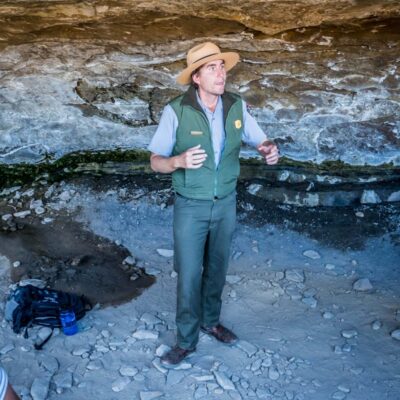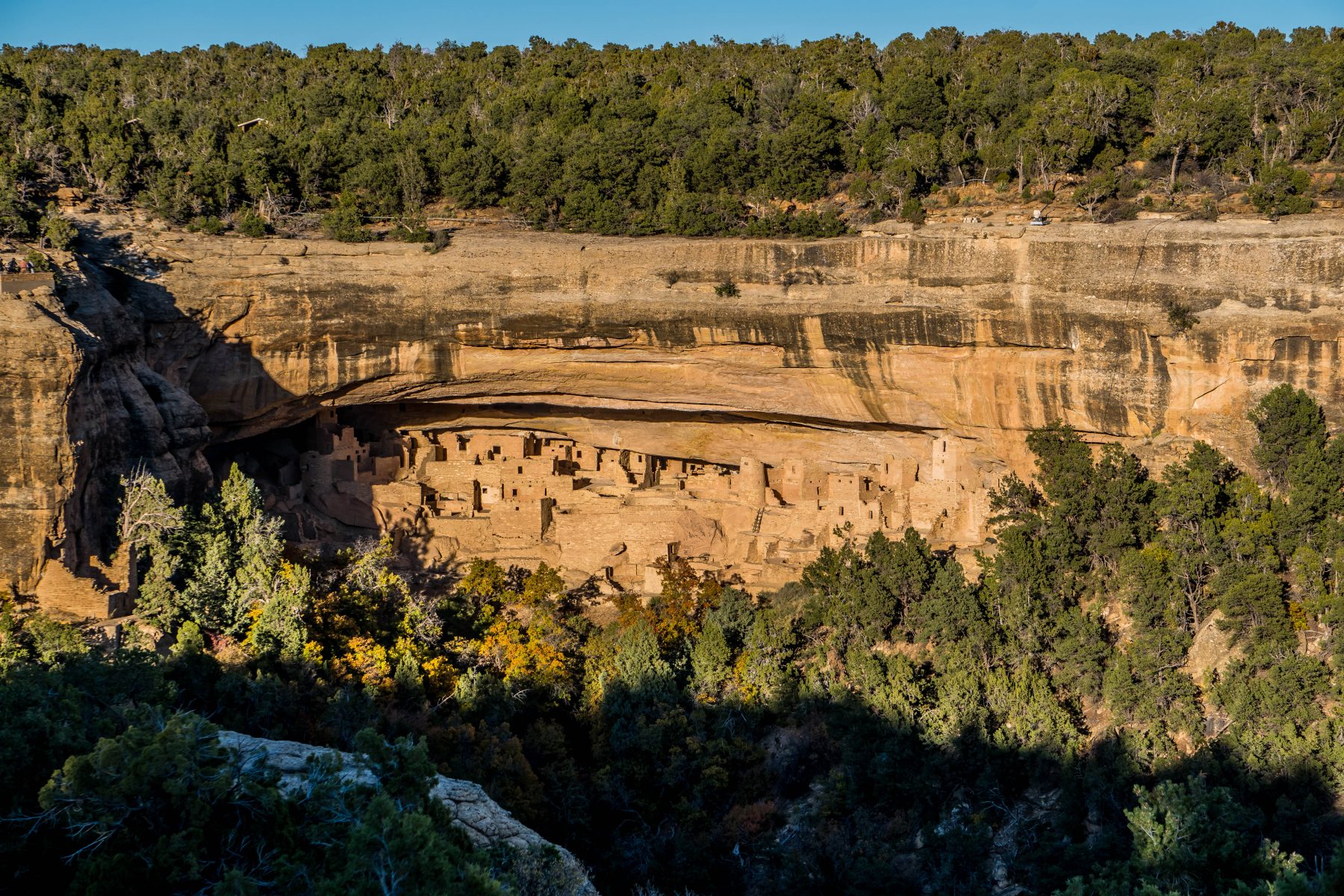
On October 12 and 13th 2017, I visited Mesa Verde National Park in Colorado. My friend Heather and I drove down to the park after we spent nearly 2 weeks exploring Telluride. (I had intended to stay in Telluride for one night, and then fell in love with the town and stayed for quite a bit longer!)
I had no idea what Mesa Verde National Park was about when I arrived. I had done zero research in advance, and had never even heard of it prior to mapping out this trip.
The change in geography on the short drive from the epic snow-capped mountains of Telluride down to the desert-like environment of Mesa Verde is pretty surprising. Colorado has more varied terrain than any other state I’ve ever visited. Colorado is full of surprises, and it’s pretty remarkable how quickly the geography and climate changes in this state!
I got a hotel in Alamosa, and Heather camped in her van near the entrance to the park. My decision at the beginning of this trip to not buy an RV, and to travel the country in my SUV, has proven to be pretty costly. I’m spending $4000 a month on hotels! My dream RV, the Winnebago Revel, is out of my financial reach however, so I’ve been struggling (for months) with what to do about this situation. I’m positive that I cannot continue paying for nightly hotels, but I’m torn as to what vehicle, or trailer, is the best way to go. This discussion is to be continued…
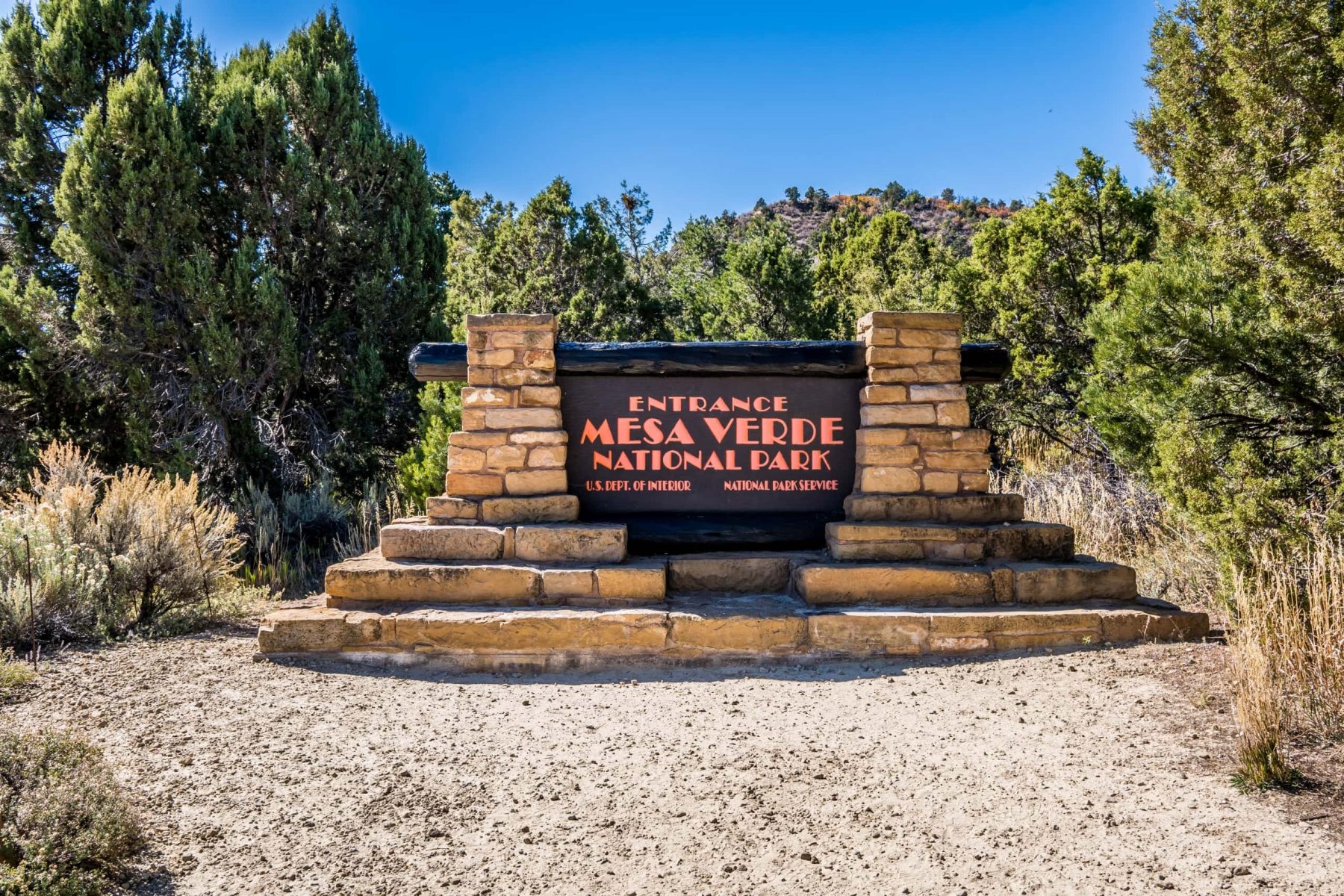
On Thursday the 12th of October, Heather and I met up at the Mesa Verde National Park visitor center and I immediately learned how amazing and how important this National Park is. Mesa Verde is not only a National Park, it’s also a UNESCO World Heritage Site. (Killed two travel goals with one stone with this one!). Mesa Verde is the most archaeologically rich site in North America, protecting over 600 Ancestral Pueblo cliff dwellings, and more than 6,000 other archaeological sites.
This part of Colorado was first inhabited seasonally around 9,500 years ago. Archaic people then established semi-permanent rock shelters in and around the mesa. By 1000 BCE, the Basketmaker culture emerged from the Archaic population, and by 750 CE the Ancestral Puebloans had developed from the Basketmaker culture.
The Ancestral Puebloans were an ancient Native American culture that thrived in the present-day “Four Corners” region of the United States, comprising southeastern Utah, northeastern Arizona, northwestern New Mexico, and southwestern Colorado. They lived in a range of structures throughout time that started with small family pit houses (half underground or completely underground), then above-ground pueblos, and lastly in elaborate cliff-dwellings. Ancestral Puebloans had a massively successful society that stretched across the Colorado Plateau, linking hundreds of communities and population centers; with a total population exceeding 80,000 people at one time (far more than the number of people that live in this same area today).
Ancestral Puebloan Pit Houses Slideshow:
Cliff Palace Slideshow:
Ancestral Puebloan Cliff Houses Slideshow:
The Mesa Verdeans were highly successful farmers of crops such as beans, corn, and squash. They constructed the area’s first pueblos around the year 650, and around 800 years ago they constructed the incredible cliff dwellings for which Mesa Verde National Park is best known. By the year 1285, 30 consecutive years of severe and prolonged droughts forced the entire population to abandon the Mesa and they all migrated south to locations in Arizona and New Mexico, leaving behind the story of their culture in their architecture and artifacts.
For $5, we were able to tour the ‘Balcony House’. The ranger for our tour (Ranger Drew) was the most informative park ranger I have ever met. His tour was compelling and unbelievably insightful, he was so passionate about the history of this region and was an amazing resource for other places to visit in the Four Corners region. I always recommend taking a ranger-led tour at any of the National Parks that you visit; you’ll learn so much more than you can on your own.
Balcony House Tour Slideshow:
For more information on this compelling part of our history, visit the Mesa Verde page on Wikipedia.
For information on visiting this National Park, go to the Mesa Verde National Park website.



